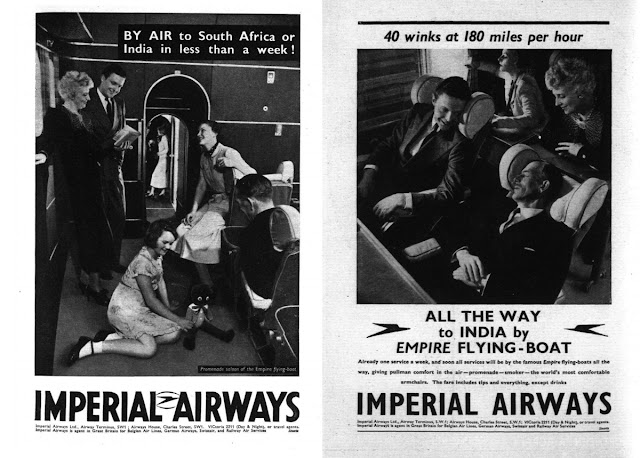This week I read a story in Hindustan Times about Portuguese church bells, which are being used all over temples in Maharashtra.
The bells were acquired by the Marathas from various churches, during their conflicts with the Portuguese. The 17th and 18th century were full of many conflicts, with the Marathas, Siddis, the French, the English and the Portuguese, all jostling for supremacy on the Western coast of India.
Fr. Francis Correa, a priest based in Vasai (Bassein) says discovering the bells has broadened his view of India. He says: “Seeing the bells for the first time, I initially felt like it was my community’s property and that I should work on restoring them to the church. But over time I’ve realised that in Hindu temples, they’ve been given a new life, with new missions to perform. They are our shared heritage.”
When I read this quote I couldn't help thinking that if more of us had such enlightened views we would be living in a much happier world!
For many years now, we have been sitting on this Ayodhya mandir-masjid controversy. Was it originally a temple or a mosque? Now that the mosque is broken, what should we build there? Whose monument is it now? ... All these questions could be more easily resolved if we thought of it as our country's shared heritage!
Whether we like it or not, we cannot wish away history; nor can we turn back the clock. If more politicians had the guts to celebrate the Ganga-Jamuna tehzeeb (cultural diversity) of this land, India would be a different place. Come to think of it, every time we eat a biryani, it is a Ganga-Jamuna celebration. Every time we wear a salwar-kameez, it is the same celebration. The notion of India as belonging only to only one community is really impractical, not to mention immoral.
Magar yeh ghanti kisi ke dimaag mein bajti hi nahi!
(but this bell does not ring clear to anyone!)
 |
| Temple bell at Naroshankar, Nashik. Photo Credit: Hindustan Times |
Fr. Francis Correa, a priest based in Vasai (Bassein) says discovering the bells has broadened his view of India. He says: “Seeing the bells for the first time, I initially felt like it was my community’s property and that I should work on restoring them to the church. But over time I’ve realised that in Hindu temples, they’ve been given a new life, with new missions to perform. They are our shared heritage.”
When I read this quote I couldn't help thinking that if more of us had such enlightened views we would be living in a much happier world!
For many years now, we have been sitting on this Ayodhya mandir-masjid controversy. Was it originally a temple or a mosque? Now that the mosque is broken, what should we build there? Whose monument is it now? ... All these questions could be more easily resolved if we thought of it as our country's shared heritage!
Whether we like it or not, we cannot wish away history; nor can we turn back the clock. If more politicians had the guts to celebrate the Ganga-Jamuna tehzeeb (cultural diversity) of this land, India would be a different place. Come to think of it, every time we eat a biryani, it is a Ganga-Jamuna celebration. Every time we wear a salwar-kameez, it is the same celebration. The notion of India as belonging only to only one community is really impractical, not to mention immoral.
Magar yeh ghanti kisi ke dimaag mein bajti hi nahi!
(but this bell does not ring clear to anyone!)















